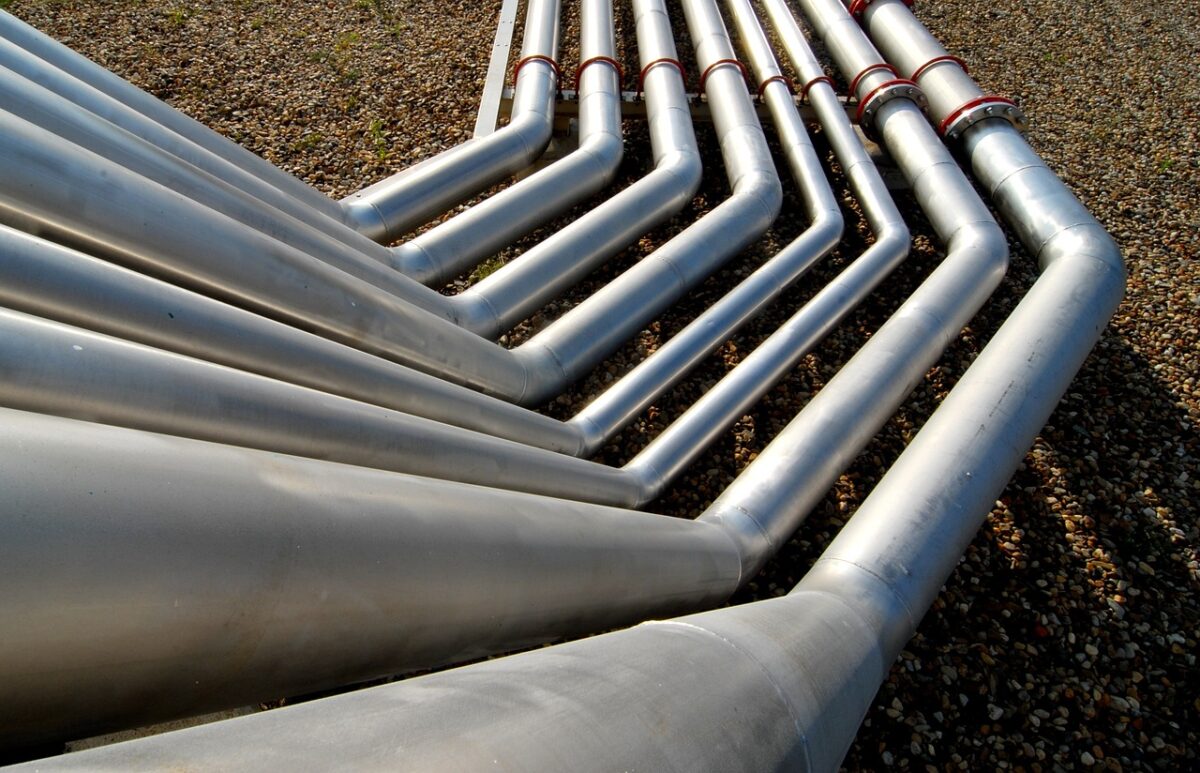The Not So Hidden Risks of Trenching Pipes

For many years, trenching pipes was the only way to make repairs to industrial and commercial pipelines. Thanks to modern technology, in many cases there are better solutions than digging. Some people still choose digging, but it’s important to recognize that there are risks to this practice.
In this guide, we will share some of the major risks of trenching pipe repairs to help you better understand the benefits of technology like CIPP.
Trenching Pipes Can Cause Cave-Ins
One of the biggest risks associated with trenching repairs is the possibility of causing a cave-in. The risk here affects the pipes in question, but it also puts the workers at risk. According to the Bureau of Labor Statistics, approximately 20 people die from pipe cave-ins each year.
The risks are the unknowns of what lies beneath the surface. The soil plays a huge role, as does any shoring, shielding, and sloping of the ground. Workers must follow very specific safety protocols and have experience working with trenching.
Increased Damages
When a company is trenching to make pipeline repairs, they use heavy equipment. The problem with digging and heavy equipment is there are a lot of uncertainties. For example, there could be a risk that the excavation equipment could accidentally strike a line and cause additional damage.
Not only might workers cause damage to the pipeline in question, but there are other things that could get in the way. Consider things like underground gas lines, utility lines, cable lines, and sewer lines.
While your trenching company may be focused on one of these, they have to be incredibly careful to avoid damaging others by mistake. Hitting a line can be extremely dangerous and add more downtime while repairs are pending.
Workplace Hazards
The risk of trenching pipes lies in the digging itself as well as to the employees. Any employees at the worksite are constantly at risk during a trenching process. They are exposed to tight spaces, surrounded by heavy equipment, and could face dangerous falls or exposures.
The people within the trench could inhale toxic chemicals or even find themselves facing an oxygen shortage. While there are guidelines for safety, the risk of something going wrong is still there.
Extensive Costs
Another risk is the ability to rack up expensive costs and downtime for your facility. While there are times trenching is a must, there are also many times it can be avoided.
Using a solution like CIPP provides an alternative that may just help your facility skip the need for trenching. When CIPP is a feasible solution, it provides safeguards against many of these risks and offers a long-lasting repair.
Trust the CIPP Experts
Instead of worrying about trenching pipes, trust the experts to provide you with the best possible solution. With CIPP, we can help to avoid substantial risks to workers and your facility that simply may not be necessary.
Contact us today to further discuss your pipeline repair needs and learn more about the solutions available. We’ve got you covered and can likely skip the dig!